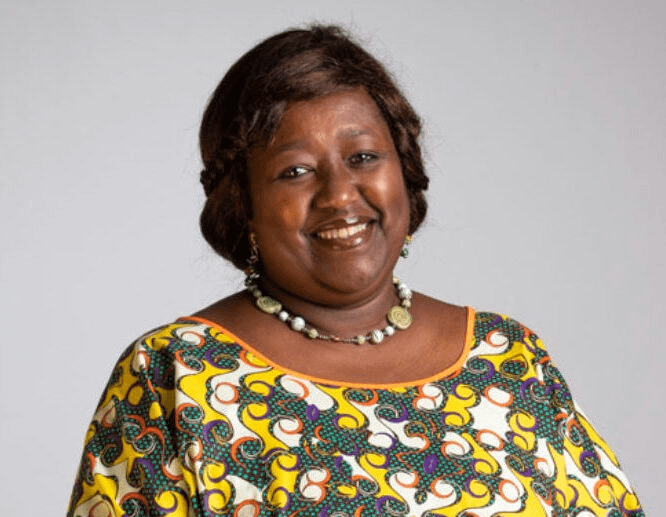News
By Sharon Atieno
Though malaria poses a serious health burden in the African continent, resistance to anti-malarials is an emerging threat that could worsen the situation.
In 2020, there were an estimated 241 million cases of malaria worldwide. The World Health Organization(WHO) African region accounted for 9 out 10 of these cases. Of the 627,000 malaria deaths, the region accounted for 96%, according to World Malaria Report.
The WHO defines resistance as the ability of the parasite (disease-causing organism) strain to survive and /or to multiply despite administration and absorption of a drug in doses equal to or higher than those usually recommended but within the limits of the patient.
Since 2009, researchers have observed resistance to Artemisinin-based combination therapy (ACT), a first-line treatment for malaria. However, it is only until recently that this resistance was seen in Africa.
Studies carried out in Rwanda and Uganda reveal this resistance. In Rwanda, the study showed that ACTs failed to work quickly for more than 10% of participants in two out of three sites where the trial was conducted. Also, the frequency of artemisinin mutations was higher than previous studies had shown.
In Uganda, a study found that resistant malaria parasites had risen from 3.9 percent of cases in 2015 to nearly 20 percent in 2019.
High rates of resistance were also experienced with chloroquine and sulfadoxine–pyrimethamine, resulting in their removal from the treatment of malaria.
According to Dr. Hamma Maiga, Laboratory of Malaria Immunology and Vaccinology, National Institute of Allergy and Infectious Diseases (NIAID) and African Post-doctoral Training Institute (APTI) research fellow, there is need to make surveillance of anti-malaria resistance more sensitive in order to inform control strategies.
He notes that although various technical improvements in sequencing methods have been introduced to identify single nucleotide polymorphisms (SNPs), current tools used to measure molecular markers of anti-malarial resistance do not allow the separation of different types of parasites in one sample.
Dr. Maiga and his team have developed a new method that allows this separation. “If you have a mixed infection with resistant and non-resistant parasites in one sample, it’s not possible to say this sample is resistant or non-resistant,” he says noting that the convention method classified this sample as resistant.
“But my method is a quantitative method and it’s possible to say we have in this sample 80% of resistance and just 20% non-resistance.”
According to Dr. Maiga being able to separate different types of parasites and characterizing them at the individual level could provide an earlier signal and more detailed picture to inform decisions by public health officials.
This tool gives accurate estimation of the prevalence of drug resistance compared to convention method, he said.
Currently, the tool which has taken two years to be developed is in the publication phase.




